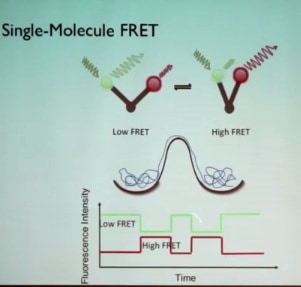Modeling DNA strand displacement cascades according to three simple rules can in principle mimic the temporal dynamics of any other chemical system, presenting a method to model regulatory networks even more complicated than those of biology.
Conference video: Artificial Biochemistry with DNA








